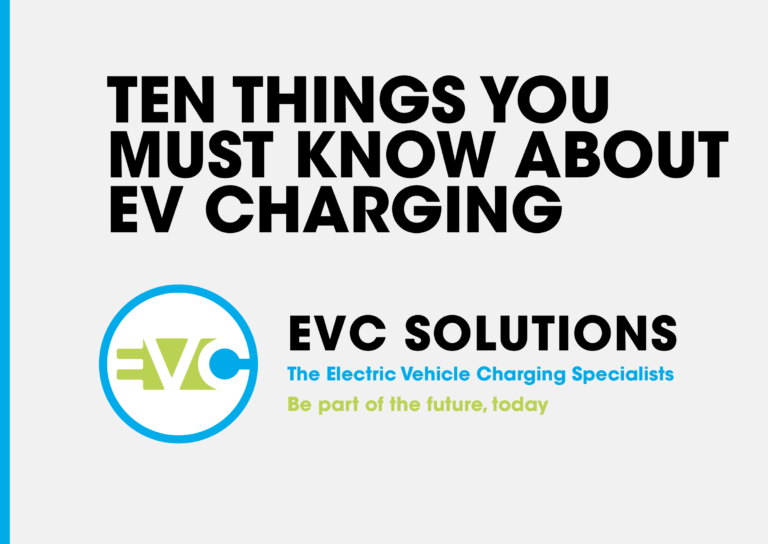In all likelihood, if you are reading this then you’ve been thinking about getting a Battery Electric Vehicle (BEV) for some time. You’ve probably also chosen or ordered the car you would like, or maybe it’s even sitting outside your house or office right now.
It’s a big change from the traditional
Internal Combustion Engine (ICE) powered cars that we’ve always driven and there is a change of mindset that comes with an evolution of technology.
The charge point is often down the priority list when switching to BEV but it’s worth taking some time to consider the options available to you as a driver and/or property owner.
There are safety and technical considerations, aesthetics and functionality, and even whether the charge point is recyclable or is it adding to the problem that switching to non-fossil fuelled transport is trying to help solve?
We’ve mentioned this element of charge point installation in previous articles including
Taking up the Net Zero Challenge on Chargers, and so here we will touch on aesthetics, functionality, and some safety details that will help you make informed choices about what charger would be best for you.
Like most products, charge points come in various shapes, sizes and designs, from small and discreet boxes that can hide away unnoticed, to much bulkier options. Aesthetically, the choice is down to personal preference but there are some important considerations.
Smaller boxes tend to have an untethered lead whilst the larger chargers have a tethered lead. A tethered option is essentially a charge point with a lead permanently connected to it. An untethered charge point has a Type 2 socket in it that allows the user to utilise the charge lead that came with their car.
If your charge point has a tethered lead then you will want to wrap the lead around the charge point when it’s not being used like you would with an iron or a garden hose. With an untethered option you would probably keep the lead in your car so that you always have it available, like your spare tyre or crocodile clips.
Typically, tethered charge points are more expensive than their untethered counterparts but prices vary depending on makes and models.
It’s important to know whether your charge point is going to be installed internally, for example, a garage, or will be fitted on an outside wall. This is something that we can discuss with you at an early stage in the process to give you time to choose the correct charge point.
When it comes to functionality, most charge points do pretty much the same thing, after all they just need to charge your car. All residential chargers are 32Amp 7.3Kw and so there is little to no difference in charge times. Commercial chargers start at 22Kw and can increase depending on the infrastructure of the property.
Most chargers also come with a mobile app which allows control over charge times and duration of charge, so you can charge during cheaper tariff times, and many also have solar compatibility so you can benefit from much cheaper ways of charging. In our experience, some apps are easier to use than others but generally speaking they all perform the same tasks.
From a safety perspective EVC Solutions considers it very important that a charge point should have an integrated earthing system.
The current electrical regulations and standards require that the earthing protection present in the most commonly arranged properties (PME(TCNS)) is not used to earth protect EV charging installations as the other protection systems such as MCB’s and RCD’s don’t function effectively if particular faults occur.
This means that specific provision for safe installation of EV Chargers must be made and many market available chargers do not have this built in to them as supplied.
EVC Solutions can provide guidance on which do and which do not have this protection fitted.
If your chosen charge point does not meet our recommendations there is additional equipment available to buy and install, which may bring the installation up to required standards, if correctly fitted, but this does add to the costs of installation.
As experienced installers we do recommend certain charge points but will consider fitting most boxes available on the market as long as they meet existing regulations.
While you are waiting for your beautiful, new, planet saving electric car to arrive, contact us with any questions you may have about installing an electric vehicle charge point for your residential or commercial property – we will be happy to help!
Be part of the future, today.
Adrian Cooper
Client Partnering
EVC Solutions Ltd
At EVC we do business that won’t cost the earth.
Contact EVC Solutions on 03300 904030 or or hit the CHARGE ME UP button below.
Want to know more about EV Charging? Download ‘10 Things You Must Know About EV Charging’ here.

